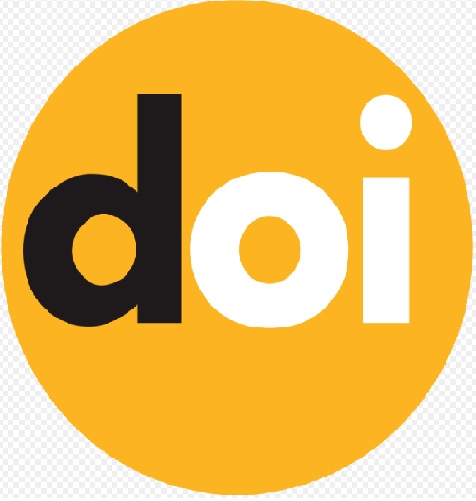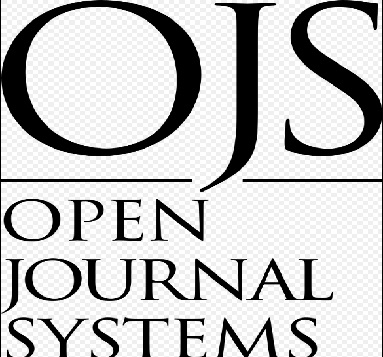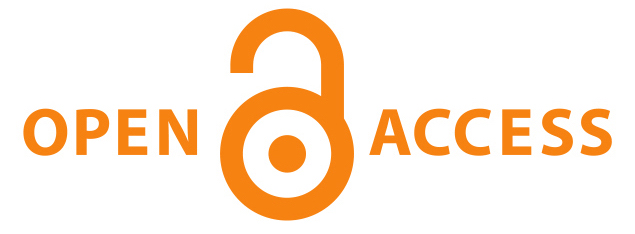Journal Information
Name of Journal: ACADEMIA International Journal of Clinical & Translational Health (AIJCTH)
Journal Frequency: Quarterly
ISSN Print: 3105-7292
ISSN Online: 3105-7306
Language: English
Publisher: ACADEMIA (PRIVATE) LIMITED
Review Type: Double-Blind Peer Review
Area of Publication: Clinical and Translational Medicine








